Could we use geoengineering to cool Earth’s climate?
Climate scientists widely agree that measures to reduce and capture our greenhouse gas emissions are not happening at a fast enough rate to prevent dangerous levels of climate change. Could artificially cooling Earth’s climate help? Dr Ben Kravitz, a climate modeller at Indiana University Bloomington in the US, is exploring how climate change could be addressed with the aid of geoengineering
TALK LIKE A CLIMATE MODELLER
GEOENGINEERING – large-scale, artificial changes to Earth’s atmosphere, which could temporarily help prevent the climate from heating to dangerous levels
GREENHOUSE GASES – gases in the Earth’s atmosphere that trap heat and prevent it from leaving the atmosphere. Greenhouse gases include carbon dioxide (CO2), methane, nitrous oxide, chlorofluorocarbons, ozone and water vapour, but CO2 is the biggest issue
AEROSOLS – tiny solid particles or liquid droplets that can be suspended in the air, where they can interact with the Sun’s light
CLIMATE MODEL – computer programs that can simulate how the many different elements of Earth’s climate interact with each other
Climate change is perhaps the single most urgent challenge our planet faces. To prevent dangerous levels of atmospheric warming, we not only need to reduce our greenhouse gas emissions to zero, we must also remove some of these gases from our atmosphere. Measures to reduce the impact of climate change are being taken, but much more needs to be done – and quickly – to avoid catastrophic changes to Earth’s climate.
In light of this, scientists are investigating the use of geoengineering to temporarily offset global warming. Geoengineering can include many techniques but, overall, it is a deliberate, large-scale intervention in the Earth’s natural systems to counteract climate change.
Dr Ben Kravitz is a climate modeller based at Indiana University Bloomington. Ben and his team use climate models to understand the risks associated with geoengineering. They want to provide policy makers with as much information about geoengineering as they can so that the decision on whether to use this technique or not is as well informed as possible.
WHY ARE SCIENTISTS CONSIDERING THE USE OF GEOENGINEERING?
As mentioned, geoengineering is a large-scale intervention that can involve many different techniques and technologies (see About Geoengineering). One such scheme is adding aerosols to the stratosphere. In nature, erupting volcanoes throw out, among many other things, sulphur dioxide. If ejected with enough force, the sulphur dioxide can make it to the stratosphere, where it gets converted into sulphate aerosols. Up in the stratosphere, these sulphate aerosols can last a few years and reflect radiation from the Sun back into space, cooling the Earth’s lower atmosphere or troposphere.
By mimicking erupting volcanoes – in other words, dispensing sulphur dioxide into the stratosphere using aeroplanes – geoengineering could buy us the time we need to put other, more long-term measures in place.
WHY DO WE NEED CLIMATE MODELS TO STUDY THE EFFECTS OF GEOENGINEERING?
Earth’s climate is a deeply interconnected web of systems; storms, ice sheets, ocean currents and much more affect our climate’s behaviour. Because of this, it is crucial for scientists to study the possible impacts of geoengineering on these systems. Computer models – also known as climate models – can help predict the outcomes of numerous possible geoengineering scenarios. For example, how the climate might respond to aerosols released at different altitudes, latitudes, or times of year.
“Climate models are run on supercomputers. They have an atmosphere, an ocean, a land surface, sea ice, and many other things, and all those different components talk to each other,” says Ben. “Air and water move around inside the model and interact with energy from the Sun. Computer models are a great way for us to model something we can’t do in the real world. We don’t want to just “try” geoengineering to see what would happen because we don’t get do-overs in case anything goes wrong.”
As Ben says, climate models are a simulation of the real world and many research teams are working to make their models as accurate and close to reality as possible. But, in the real climate system, there are many processes that are either too complex or not understood well enough to fully simulate. This means that different climate models from different research groups produce slightly different predictions.
Ben’s team is comparing the results of geoengineering simulations from multiple climate models. In this way, it can find the points where models widely agree, enabling them to make better predictions about how the climate will be altered when particular changes are made to the atmosphere.
WHAT WILL HAPPEN IF WE PUT GEOENGINEERING INTO ACTION?
If we simply release vast amounts of aerosols into the atmosphere without understanding some of the consequences, their effects could ripple out in unpredictable ways. Many climate scientists are strongly opposed to geoengineering. As Ben says, “Geoengineering may be risky, and we only have one planet. We don’t want to just try geoengineering, because if something bad happens, it could harm a lot of people.”
Given that the impact of geoengineering is uncertain, with so many variables involved, it is very difficult to predict what will happen if we geoengineer our climate. Therefore, Ben and his team are asking a different question: ‘Can geoengineering achieve certain goals?’ Starting with a goal in mind (for example, a particular global temperature), the team is working backwards to determine which techniques would enable us to reach this goal. Indeed, there are many other possible goals, which the researchers are exploring to find out whether these can be met or not.
Ben explains, “When people go to drive their cars, they don’t plan where each curve in the road or each pothole is, nor do they plan where everyone else’s car is going to be at any given time. Instead, they respond to their environments.” This same idea can be applied to geoengineering. If the goal is to keep below a particular global temperature, a certain amount of reflective aerosols could be released into the atmosphere. If the global temperature is still too high, this amount could be increased. But if the global temperature falls too much, the amount would be reduced. “This process of feedback can help us meet our goals, even in such a complicated system like Earth’s climate,” says Ben.
WHAT HAS THE TEAM DISCOVERED ABOUT GEOENGINEERING SO FAR?
Ben’s team has made lots of discoveries, namely that:
• Models tend to agree about a lot of the climate effects of geoengineering
• For many regions around the globe, even a little bit of geoengineering can reduce the harmful effects of climate change. But a few regions could be worse-off.
• There is no single global “thermostat”. That is, it is possible to affect multiple things in the climate system simultaneously by injecting aerosols at different locations or in different seasons.
• There is still a lot we do not know!
Reference
https://doi.org/10.33424/FUTURUM210
GEOENGINEERING – large-scale, artificial changes to Earth’s atmosphere, which could temporarily help prevent the climate from heating to dangerous levels
GREENHOUSE GASES – gases in the Earth’s atmosphere that trap heat and prevent it from leaving the atmosphere. Greenhouse gases include carbon dioxide (CO2), methane, nitrous oxide, chlorofluorocarbons, ozone and water vapour, but CO2 is the biggest issue
AEROSOLS – tiny solid particles or liquid droplets that can be suspended in the air, where they can interact with the Sun’s light
CLIMATE MODEL – computer programs that can simulate how the many different elements of Earth’s climate interact with each other
Climate change is perhaps the single most urgent challenge our planet faces. To prevent dangerous levels of atmospheric warming, we not only need to reduce our greenhouse gas emissions to zero, we must also remove some of these gases from our atmosphere. Measures to reduce the impact of climate change are being taken, but much more needs to be done – and quickly – to avoid catastrophic changes to Earth’s climate.
In light of this, scientists are investigating the use of geoengineering to temporarily offset global warming. Geoengineering can include many techniques but, overall, it is a deliberate, large-scale intervention in the Earth’s natural systems to counteract climate change.
Dr Ben Kravitz is a climate modeller based at Indiana University Bloomington. Ben and his team use climate models to understand the risks associated with geoengineering. They want to provide policy makers with as much information about geoengineering as they can so that the decision on whether to use this technique or not is as well informed as possible.
WHY ARE SCIENTISTS CONSIDERING THE USE OF GEOENGINEERING?
As mentioned, geoengineering is a large-scale intervention that can involve many different techniques and technologies (see About Geoengineering). One such scheme is adding aerosols to the stratosphere. In nature, erupting volcanoes throw out, among many other things, sulphur dioxide. If ejected with enough force, the sulphur dioxide can make it to the stratosphere, where it gets converted into sulphate aerosols. Up in the stratosphere, these sulphate aerosols can last a few years and reflect radiation from the Sun back into space, cooling the Earth’s lower atmosphere or troposphere.
By mimicking erupting volcanoes – in other words, dispensing sulphur dioxide into the stratosphere using aeroplanes – geoengineering could buy us the time we need to put other, more long-term measures in place.
WHY DO WE NEED CLIMATE MODELS TO STUDY THE EFFECTS OF GEOENGINEERING?
Earth’s climate is a deeply interconnected web of systems; storms, ice sheets, ocean currents and much more affect our climate’s behaviour. Because of this, it is crucial for scientists to study the possible impacts of geoengineering on these systems. Computer models – also known as climate models – can help predict the outcomes of numerous possible geoengineering scenarios. For example, how the climate might respond to aerosols released at different altitudes, latitudes, or times of year.
“Climate models are run on supercomputers. They have an atmosphere, an ocean, a land surface, sea ice, and many other things, and all those different components talk to each other,” says Ben. “Air and water move around inside the model and interact with energy from the Sun. Computer models are a great way for us to model something we can’t do in the real world. We don’t want to just “try” geoengineering to see what would happen because we don’t get do-overs in case anything goes wrong.”
As Ben says, climate models are a simulation of the real world and many research teams are working to make their models as accurate and close to reality as possible. But, in the real climate system, there are many processes that are either too complex or not understood well enough to fully simulate. This means that different climate models from different research groups produce slightly different predictions.
Ben’s team is comparing the results of geoengineering simulations from multiple climate models. In this way, it can find the points where models widely agree, enabling them to make better predictions about how the climate will be altered when particular changes are made to the atmosphere.
WHAT WILL HAPPEN IF WE PUT GEOENGINEERING INTO ACTION?
If we simply release vast amounts of aerosols into the atmosphere without understanding some of the consequences, their effects could ripple out in unpredictable ways. Many climate scientists are strongly opposed to geoengineering. As Ben says, “Geoengineering may be risky, and we only have one planet. We don’t want to just try geoengineering, because if something bad happens, it could harm a lot of people.”
Given that the impact of geoengineering is uncertain, with so many variables involved, it is very difficult to predict what will happen if we geoengineer our climate. Therefore, Ben and his team are asking a different question: ‘Can geoengineering achieve certain goals?’ Starting with a goal in mind (for example, a particular global temperature), the team is working backwards to determine which techniques would enable us to reach this goal. Indeed, there are many other possible goals, which the researchers are exploring to find out whether these can be met or not.
Ben explains, “When people go to drive their cars, they don’t plan where each curve in the road or each pothole is, nor do they plan where everyone else’s car is going to be at any given time. Instead, they respond to their environments.” This same idea can be applied to geoengineering. If the goal is to keep below a particular global temperature, a certain amount of reflective aerosols could be released into the atmosphere. If the global temperature is still too high, this amount could be increased. But if the global temperature falls too much, the amount would be reduced. “This process of feedback can help us meet our goals, even in such a complicated system like Earth’s climate,” says Ben.
WHAT HAS THE TEAM DISCOVERED ABOUT GEOENGINEERING SO FAR?
Ben’s team has made lots of discoveries, namely that:
- Models tend to agree about a lot of the climate effects of geoengineering
- For many regions around the globe, even a little bit of geoengineering can reduce the harmful effects of climate change. But a few regions could be worse-off.
- There is no single global “thermostat”. That is, it is possible to affect multiple things in the climate system simultaneously by injecting aerosols at different locations or in different seasons.
- There is still a lot we do not know!
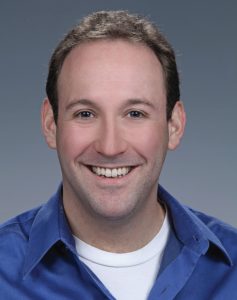 DR BEN KRAVITZ
DR BEN KRAVITZ
Assistant Professor
Indiana University Bloomington, USA
FIELD OF RESEARCH: Geoengineering, Climate Modelling
RESEARCH PROJECT: Using climate models to examine the possible impacts of geoengineering, and assessing whether it should be used as a method to prevent climate change
FUNDERS: National Science Foundation, Indiana University Prepared for Environmental Change Grand Challenge Initiative
This material is based upon work supported by the US National Science Foundation under grant CBET-1931641 and Indiana University Prepared for Environmental Change Grand Challenge Initiative. Any opinions, findings, and conclusions or recommendations expressed in this material are those of the author(s) and do not necessarily reflect the views of the US National Science Foundation or Indiana University.
 DR BEN KRAVITZ
DR BEN KRAVITZ
Assistant Professor
Indiana University Bloomington, USA
FIELD OF RESEARCH: Geoengineering, Climate Modelling
RESEARCH PROJECT: Using climate models to examine the possible impacts of geoengineering, and assessing whether it should be used as a method to prevent climate change
FUNDERS: National Science Foundation, Indiana University Prepared for Environmental Change Grand Challenge Initiative
This material is based upon work supported by the US National Science Foundation under grant CBET-1931641 and Indiana University Prepared for Environmental Change Grand Challenge Initiative. Any opinions, findings, and conclusions or recommendations expressed in this material are those of the author(s) and do not necessarily reflect the views of the US National Science Foundation or Indiana University.
ABOUT GEOENGINEERING
Climate scientists are studying a wide variety of geoengineering technologies. The most widely researched techniques include injecting sulphur-based molecules into the stratosphere; brightening marine clouds to make them more reflective; and thinning out heat-trapping cirrus clouds.
Despite this research, no geoengineering techniques are close to being ready. There is still much to learn about their impacts and how they will each affect the Earth’s climate as a whole. Britannica has an up-to-date description of many of the geoengineering techniques being proposed: www.britannica.com/science/geoengineering
IS GEOENGINEERING A SOLUTION TO CLIMATE CHANGE?
No. If geoengineering techniques are researched extensively enough, they could one day be used to temporarily reduce the effects of climate change – providing us with a few more years to ramp up efforts to reduce our greenhouse gas emissions. All the same, they are not a permanent solution to climate change.
If we keep on emitting greenhouse gases, and then suddenly stop using geoengineering techniques due to unwanted side-effects, the climate would heat up very quickly. This would quickly undo any of the benefits, making the situation even more dangerous than it would have been without geoengineering.
Climate models are a key part of geoengineering research and enable climate scientists to accurately recreate the atmosphere within supercomputers. These models help researchers better understand how Earth’s climate will change over time. “Climate models are pretty amazing,” says Ben. “We program into them our best understanding of physics, and we feed it some inputs like the Sun, greenhouse gases and a few other things, and it reproduces Earth’s climate. We can run experiments that we would never want to run in the real world, or understand what the future might look like with climate change.”
Climate models are not perfect, however. As Ben explains, “No matter how well we create them, we’re still going to miss some things, so there will always be uncertainties.”
EXPLORE A CAREER IN GEOENGINEERING AND CLIMATE MODELLING
“Geoengineering has been a fascinating field to work in,” says Ben. “It’s a privilege to do research that might inform future decisions about how to address climate change. It has also allowed me to ask questions about the climate system that I never would have thought to ask. Climate modelling is also a great field to work in. I get to work on the fastest supercomputers in the world, and I go home at the end of the day feeling like I’ve made a difference.”
• Geoengineering and climate modelling are just two parts of wider field of climate science, which is also linked to environmental science. Indiana University offers education in atmospheric science, the Earth sciences and environmental science. The university also runs a programme called the Indiana Climate Fellows, where students can work directly with communities around the US state of Indiana, helping them develop plans to adapt to climate change.
• Organisations, including the American Geophysical Union (www.agu.org) and the Royal Meteorological Society (www.rmets.org), have many different resources for students of all levels, including information about careers:
www.agu.org/Learn-and-Develop/Learn
www.rmets.org/careers
• Environmental Science has a section dedicated to climatology: www.environmentalscience.org/career/climatologist
Many different university courses can prepare you for a career in geoengineering and climate modelling, including geography, chemistry, physics, biology, maths, oceanography, meteorology and computer science. “Climate modelling needs everyone it can get,” says Ben, “because the climate system has everything in it!”
HOW DID BEN BECOME A CLIMATE MODELLER?
My interests kind of bounced around a lot. I was originally going to be a mathematician, but I failed my qualifying exams, which turned out to be one of the better things that ever happened to me. When I was re-evaluating what I wanted to do, I started thinking about how I loved weather and geology as a kid – I wanted to know how the world worked. Then, I went over and talked to some folks in an earth and atmospheric sciences department, and it felt like I had found my people.
Climate change does worry me, and it keeps getting worse. What gives me hope is that I go to work every day with a community of really smart people who are all working to solve this giant problem. And I also get to be around students who are just as worried as I am, and they’re eager to help the world around them. It’s sometimes hard to be optimistic in the face of such a big problem, but I also think that when a lot of people get together, they can do amazing things.
Geoengineering isn’t just one thing – it can be a lot of things, depending on what the decision makers want done. I think it will be important for the decision makers to figure out what climate they want, or how much climate change they want to offset with geoengineering. And then scientists like me can help them figure out whether geoengineering can actually do what they want it to do and what the side effects might be. All of that needs to happen before I’d feel comfortable recommending or dismissing geoengineering.
Part of keeping positive about the climate crisis is being around researchers, students, teachers and members of the public. All of them are concerned about climate change and want to do something about it. Part of it is trying to focus on things I can do – it doesn’t help anyone, especially myself, if I spend my time wearing myself down. There are better things I can do to take care of my mental and emotional health, like spending time with my family and friends, and getting out and enjoying this amazing world as much as I can.
BEN’S TOP TIPS
01 Meet people who are interested in what you’re interested in and explore with them. You could even try sending a professor an email – the worst that will happen is that you get told no, which happens to all of us.
02 The most important thing is to figure out what you want to do. You might be interested in the mathematics of climate engineering, solving problems, communicating climate engineering results, negotiating climate treaties, or something else entirely.
03 You’re going to be happiest doing what you love every day. For me, I like computers, math, physics, and solving problems, so climate modelling is a great fit.
Do you have a question for Ben?
Write it in the comments box below and Ben will get back to you. (Remember, researchers are very busy people, so you may have to wait a few days.)


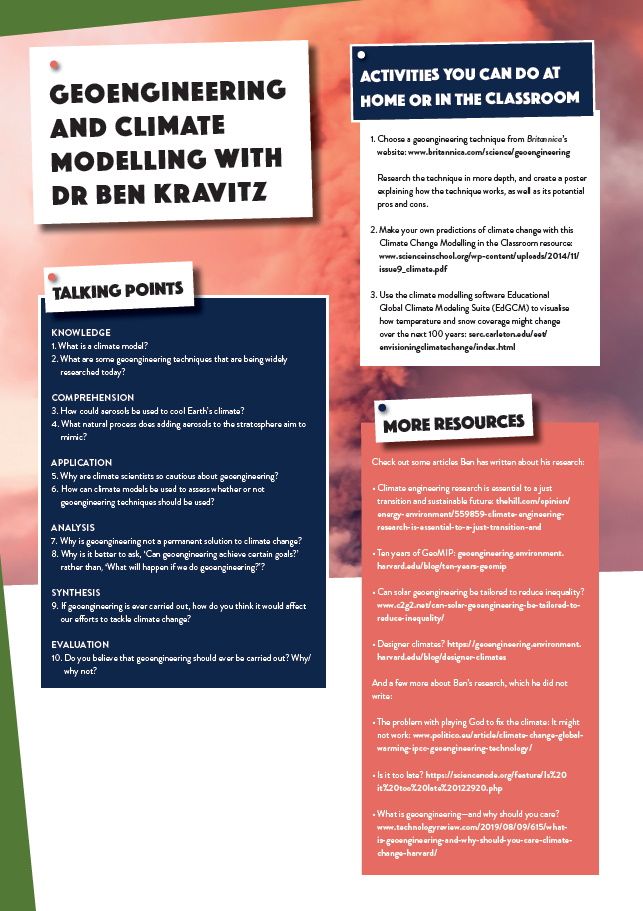


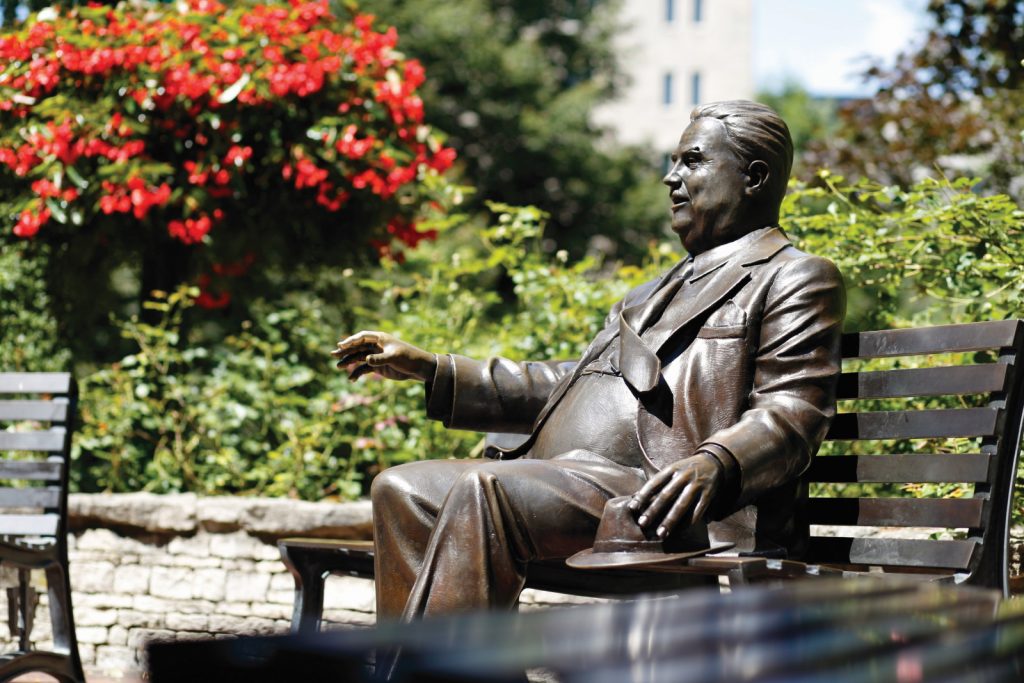
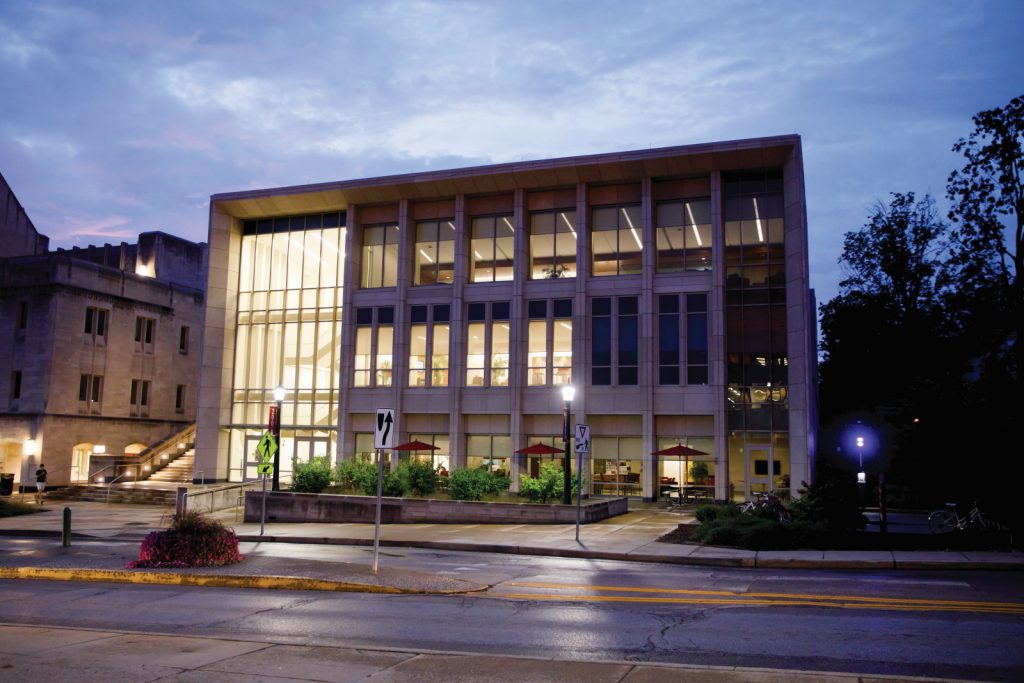

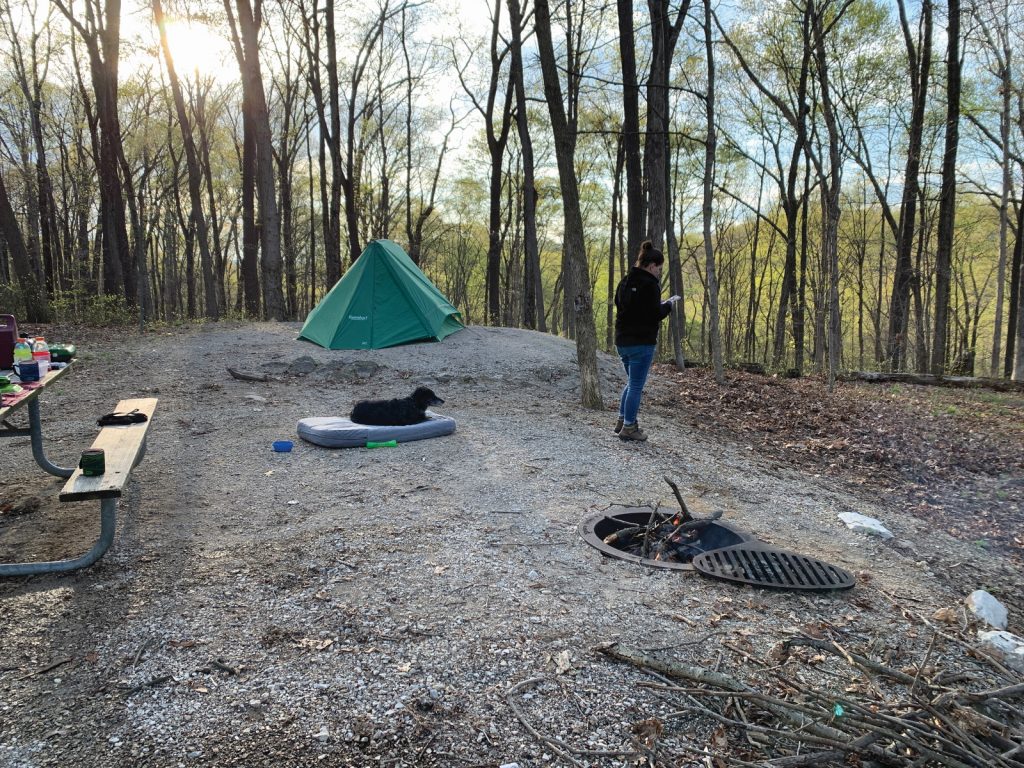



Ben,
Shouldn’t the engineering studies include the connection between storm centers and hot spots of upper atmosphere radiation to space? You see them in in the outgoing radiation pictures, and they seem to explain some visible long term periodicity in climate, as the earth’s most active cooling mechanism’s too. I’m a natural system’s scientist who’s tried to raise the question for quite a while, just get silence, like “oh we don’t study that” as an answer.
Do you know why that appears makes it seem I’m the only one who’s studied it a bit and thinks we should know what ir’s variables are?
Warmly,
Jessie Lydia Henshaw. synapse9.com/signals
Hi Jessie –
Plenty of people have researched the relationship between storms and outgoing infrared. Here’s an example that will get you started: https://agupubs.onlinelibrary.wiley.com/doi/full/10.1029/2010JD014265
Best,
Ben